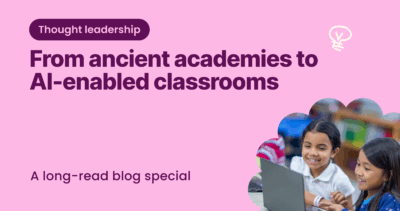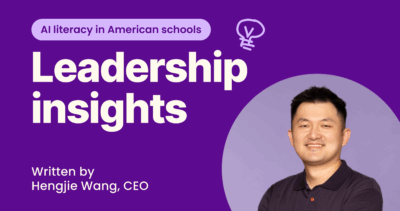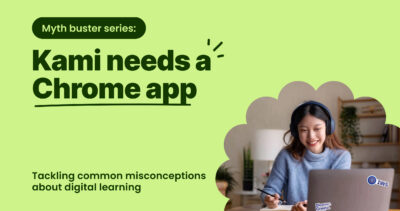
Shirin Bradfield
Blog written by Kami Hero Youssef Ayoub, a High School Teacher from Morocco.
What is Eid al-Fitr?
Eid al-Fitr is an Islamic festival that marks the end of Ramadan, the Holy Month during which Muslims fast from dawn to dusk each day. It’s the first time Muslims can eat during daylight hours after fasting during Ramadan. The translation of “Eid al-Fitr” from Arabic sums it all up, as it means “festival of breaking the fast.”
Eid al-Fitr is celebrated during the first three days of Shawwal, which is the tenth month in the Muslim (lunar) calendar. This means that the timing of Eid al-Fitr (and Ramadan) is different every year as it’s based on the lunar cycle. It doesn’t begin until the new moon is seen, which means it starts at different times for different Muslims around the world! However, some Muslims choose to celebrate Eid al-Fitr when the new moon first appears over Mecca instead of their own locations.
The difference between Ramadan and Eid al-Fitr?
In short, Ramadan is a period of fasting, whereas Eid al-Fitr marks the end of the fast and is the one day when Muslims are not allowed to fast.
For more information on Ramadan, check out this blog!
Traditional celebrations
Muslims around the world perform communal prayer at daybreak on the first day of Eid al-Fitr, after cleansing themselves and donning new clothes. They then continue to celebrate for three days. A common greeting during Eid al-Fitr is “Eid Mubarak,” which means “Blessed Eid.” This greeting is used to wish other Muslims well during Eid.
Celebrations during Eid al-Fitr vary from country to country but include visiting family and friends, giving presents, enjoying feasts, wearing new clothes, and visiting the graves of relatives. Through these celebrations, Muslims show their gratitude to Allah after reflecting and fasting during Ramadan.
This holiday is also a reminder for Muslims to be grateful for what they have as well as to help the less fortunate. This is known as Zakat, which is one of the five pillars of Islam. Zakat is a requirement that all Muslims — with the means to do so — donate to the less fortunate. Zakat significantly increases during Ramadan and continues as an important part of Eid al-Fitr.
How do Muslims celebrate?
Muslims celebrate Eid in a number of ways. For example:
- A special set of prayers (known as Salat al-Eid) are recited in the mosque or in public parks, where Muslims give thanks to God (Allah) for giving them the strength to fast and to focus on how to be a better person. The prayers normally take place on the first morning of Eid.
- After prayers, Muslims have breakfast with family or friends. This will be their first daylight meal after a month of fasting.
- Major cities, such as London and Birmingham usually host public events over a period of several days to celebrate Eid. In previous years, thousands of people went to Trafalgar Square for music, entertainment, food and family activities.
- Muslims also give and exchange presents.
How can you celebrate Eid al-Fitr with your students?
- Share the above facts with them and research further for more information
- Find out more about how fasting works
- Talk about each other’s favorite sweet dishes and how to make them
You may also like

From ancient academies to AI-enabled classrooms

Improving AI literacy in American schools

